In 2003, A big family series, from Zhang Xiaogang’s Bloodline series, sold at Christie’s Hong Kong for US$76,000. Despite the fact that he had several extremely successful gallery shows two years earlier, in 2003, Zhang had little presence in the secondary market, with only four lots selling at auction. This sale marked the beginning of Zhang’s prominence at auction, which has made him the most expensive living painter among Chinese artists.
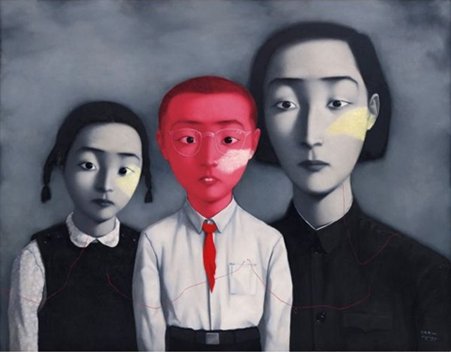
This same lot has been sold twice since its auction debut, selling for US$1.4 million at Christie’s London in 2006, and again for US$7.3 million at Sotheby’s Hong Kong in 2011. In a span of only eight years, A big family series earned a return just shy of 10,000 percent, outperforming overall returns at auction for the artist as a whole, as well as the overall Contemporary market during the same time period.
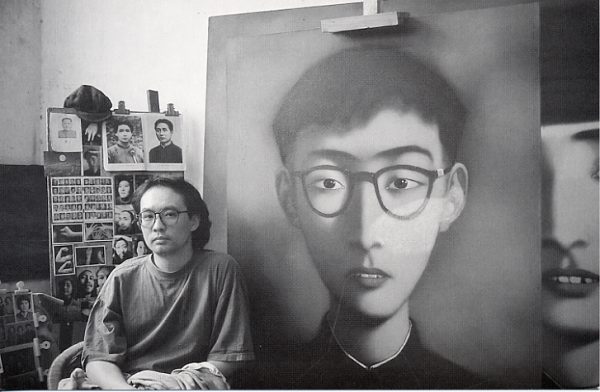
How does one’s work consistently perform so well at auction, and to what can we attribute this success? Dealers, auction house specialists, collectors, and artists will give you a variety of answers, but with artnet Analytics, we can pinpoint and quantify the effect of certain characteristics that contribute to this specific phenomenon. The painting in question, A big family series, is immediately recognizable as part of Zhang’s most prominent series, Bloodlines. This series accounts for roughly one third of the paintings the artist has created to date, and these works vary in subject matter and date range. This specific work was executed in 1995, and belongs to the earlier subset of works in this series.
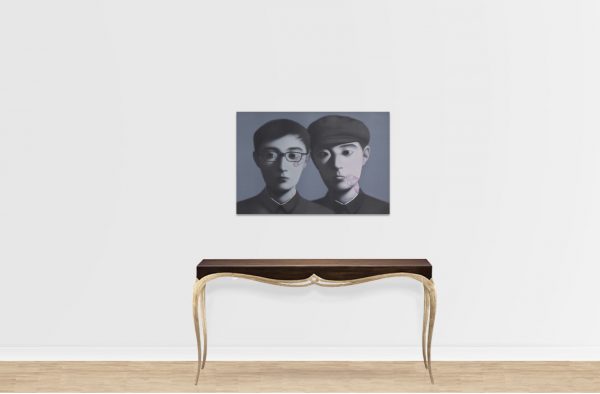
While much of Zhang’s work focuses on the aftermath of China’s Cultural Revolution, and the shifting perception of family, history, and memory in China today, these sentiments are acutely present in his Bloodlines series. Driven by his desire to capture and recontextualize these forgotten histories, Zhang began painting his series in the early 1990s, after finding a box of old family photographs in his parents’ house. Struck by the unfamiliar images of his parents’ faces, Zhang embarked on these works by analyzing various family structures in formats resembling old and faded photographs.
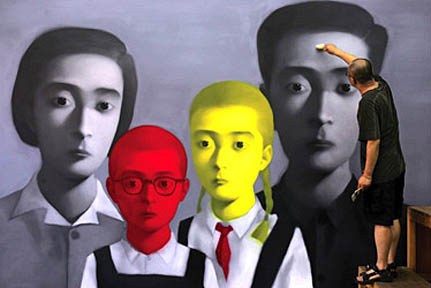
The earliest works in this series were quickly picked up by Zhang’s dealer in Hong Kong, and caught the eye of one of his most prominent collectors, the former Swiss Ambassador Uli Sigg, who immediately commissioned a work from this series to display to guests in his home. In 1995, Zhang was invited to the Venice Biennale to exhibit a work from Bloodlines. At this time, the artist reached international recognition as one of the new faces of Chinese painting. His reputation and the prominence of this series continued to gain acclaim in the following years; he was the subject of several major exhibitions worldwide.

Since 2005, the earliest Bloodlines works created have outperformed works created in the 2000s, with Bloodline: Big Family No. 1 (1994) and Bloodline-Big Family (1995) selling in 2011 for US$8.4 million and US$7.2 million, respectively, at Sotheby’s Hong Kong. Both works mentioned above are among the artist’s Top 5 prices achieved at auction.
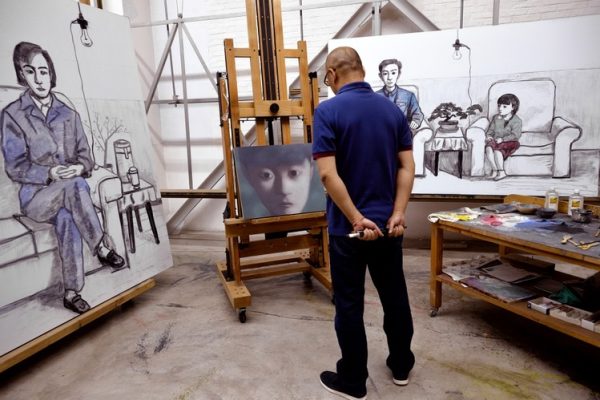
Bloodlines works depicting big families and pairs consistently sell better than portraits from the same series at auction, earning stronger returns. Portraits achieved an overall sell-through rate of only 63%, while works depicting families and pairs attained 70 to 75% sell-through rates. Higher demand for big families has led to aggressive bidding and several headline sales for works in this series, including the sale of A big family series for US$7.2 million in 2011.
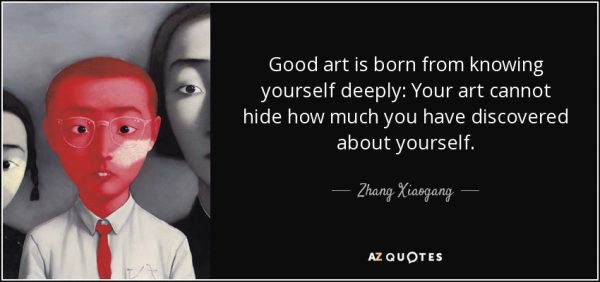
*extracted from artnet. Images courtesy of the internet
